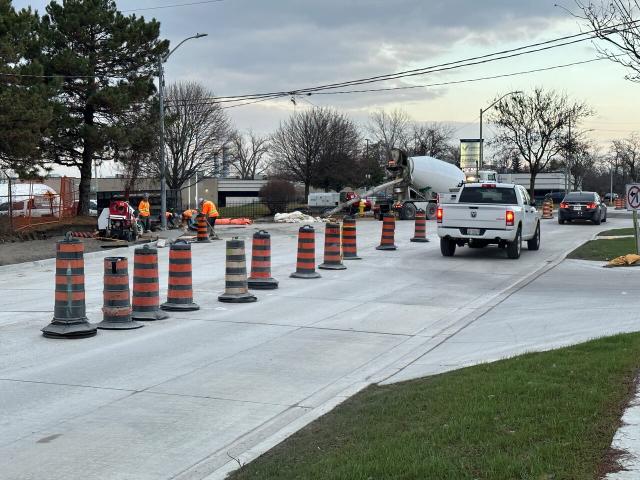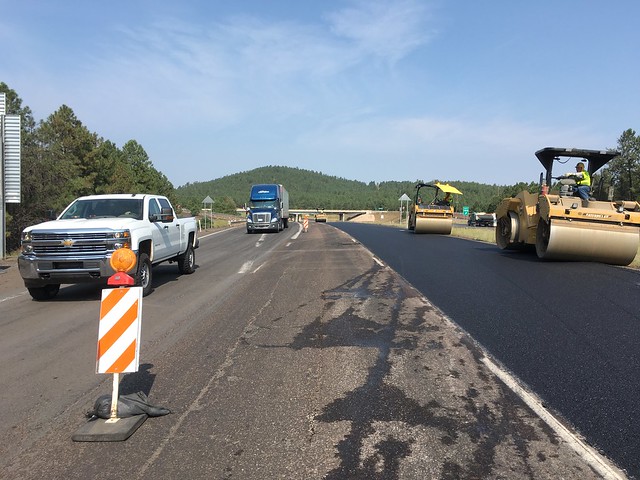In the intricate web of urban infrastructure, road maintenance and public transit play pivotal roles, often perceived as independent entities. However, a closer examination reveals a profound interdependence between the two. This article delves into the symbiotic relationship between road maintenance and public transit systems, shedding light on how their synergy can enhance urban mobility and foster sustainable development. For further help, tips, and advice on road maintenance and public transit, you can visit Line Marking Pro for more info.
Understanding the Link:
Road maintenance and public transit are not disparate components of urban infrastructure; rather, they form a cohesive ecosystem that influences mobility patterns, economic vitality, and environmental sustainability. Efficient road maintenance ensures smooth vehicular movement, reducing congestion and enhancing transit efficiency. Conversely, well-designed public transit systems alleviate traffic burdens, reducing wear and tear on roads and minimizing the need for extensive maintenance.
Enhancing Urban Mobility:
A well-maintained road network serves as the backbone of urban mobility, facilitating the seamless flow of vehicles and enhancing accessibility. However, the efficacy of road infrastructure is inherently linked to the efficiency of public transit systems. By providing viable alternatives to private vehicle usage, robust public transit networks reduce traffic volumes, easing the strain on roads and prolonging their lifespan. Moreover, integrated transportation planning that prioritizes both road maintenance and public transit investments can optimize resource allocation and maximize societal benefits.

Promoting Sustainable Development:
The synergy between road maintenance and public transit extends beyond mere mobility considerations; it is intrinsically tied to sustainable urban development. Sustainable cities prioritize multimodal transportation solutions, emphasizing the importance of accessible public transit alongside well-maintained road networks. By promoting modal shift towards public transit, cities can mitigate traffic congestion, reduce greenhouse gas emissions, and improve air quality. Furthermore, investing in sustainable transportation infrastructure fosters economic resilience, creating jobs, stimulating local economies, and enhancing overall livability.
Case Studies:
Numerous cities worldwide exemplify the transformative impact of prioritizing the synergy between road maintenance and public transit. Curitiba, Brazil, renowned for its innovative Bus Rapid Transit (BRT) system, demonstrates how strategic investments in public transit can alleviate pressure on road networks while promoting urban sustainability. Similarly, cities like Singapore and Amsterdam emphasize comprehensive transportation planning, integrating road maintenance with extensive public transit networks to optimize urban mobility.
Conclusion:
In the intricate tapestry of urban infrastructure, the link between road maintenance and public transit is indispensable. Recognizing and nurturing this symbiotic relationship is essential for enhancing urban mobility, promoting sustainable development, and fostering resilient cities. By prioritizing investments in both road infrastructure and public transit systems, policymakers can create inclusive, accessible, and environmentally conscious urban environments that thrive in the face of evolving mobility challenges.






